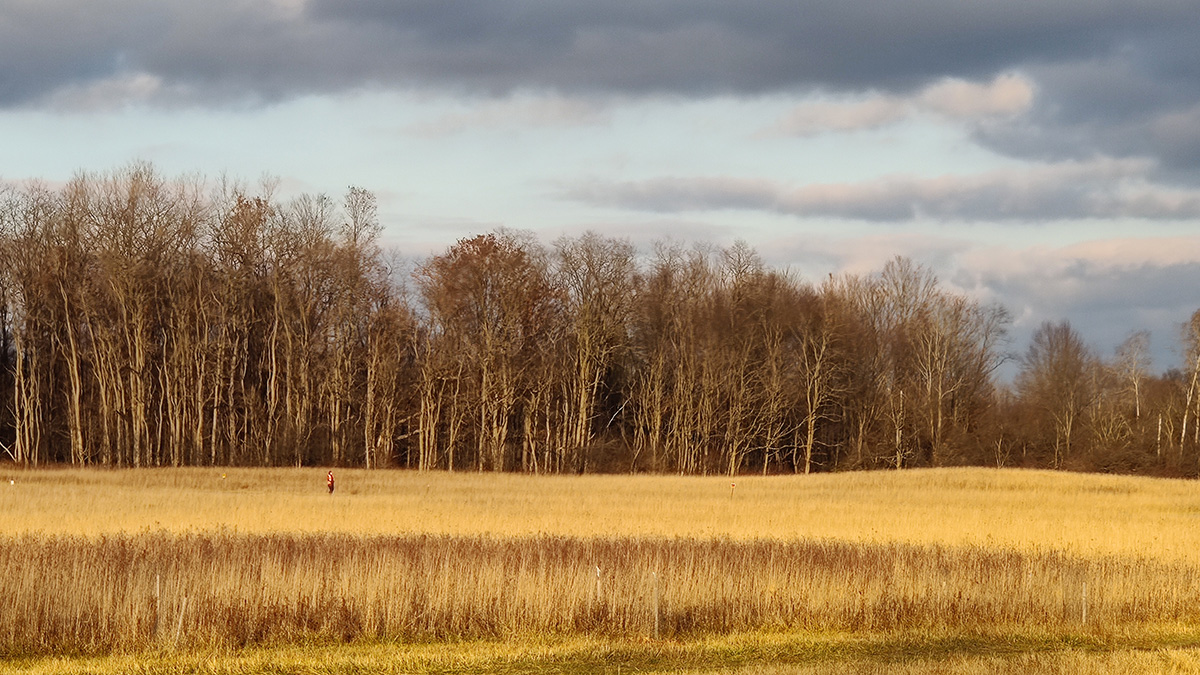The boundaries of northeastern U.S. forests suck in more carbon dioxide than previously thought.
cities
Weighing the Benefits of Urban Greening
City communities may need to consider whether water absorption or cooling benefits are more important when designing urban greening.
Urbanization and Surface Water Loss Go Together
Mapping surface water loss from satellite data confirms decreases away from urban areas. A simple exponential distance-decay model approximates the impact of urbanization.
Continuity is the Father of Success
Geodetic measurements indicate that Three Sisters Volcano uplifted by almost 300 millimeters in the past 25 years without significant anomalies at the surface.
Fiber-Optic Cables Can Produce High-Resolution Underground Maps
Telecom fiber repurposed as distributed acoustic sensing arrays can image near-surface structure and potentially improve seismic hazard mapping in urban areas.
Mapping Teotihuacan’s Past, Present, and Future
A new lidar project reveals how mining and urban expansion have put one of Mexico’s most iconic cultural heritage sites at risk.
Native Super Trees Could Provide Climate Solutions to Houston
A Houston nonprofit identified 14 native “super tree” species that are particularly promising for mitigating climate change and public health concerns.
Crowdsourced Science Helps Map Vancouver’s “Smellscape”
Exposure to stinky odors can affect human health, but quantifying smells can be difficult.
Bright Lights, Big Cities Attract Migratory Birds
The first stopover site map for U.S. migratory birds reveals the attraction of urban light pollution.
Earthquakes Ripple Through 3D Printed Models of Los Angeles
Using stainless steel models, researchers find that high-frequency seismic waves—the most damaging to buildings—are attenuated in the Los Angeles sedimentary basin.










